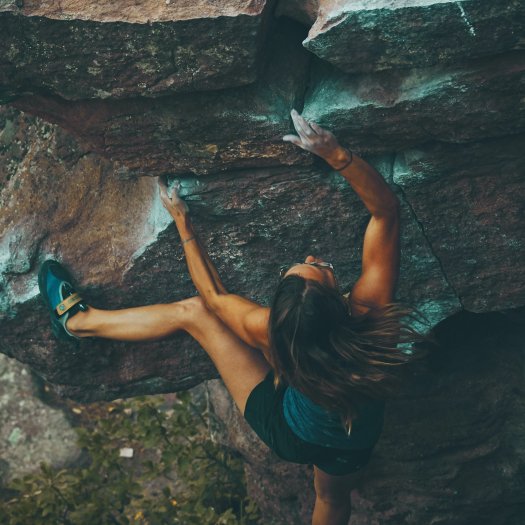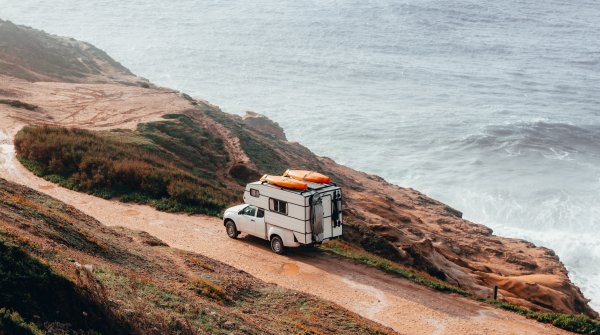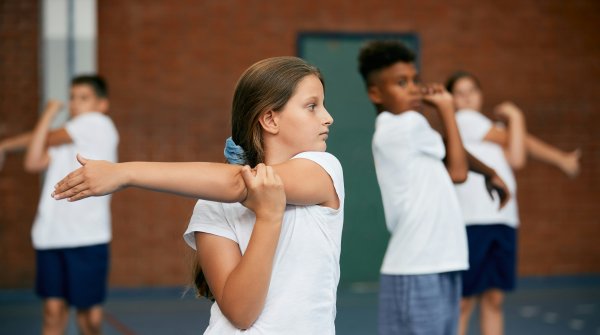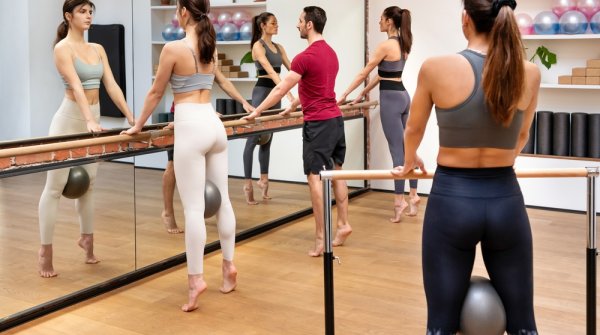More and more people are getting in shape in fitness studios. A varied alternative - or supplement - to the weight bench and treadmill is bouldering, a trendy sport.
Climbing at jumping height requires technique, endurance and strength - the perfect workout for the whole body. In contrast to monotonous training sessions in the gym, you also need a good dose of tactical calculation and mental strength to successfully master the so-called problems, as the sport climbers call particularly difficult maneuvers on the wall. But what do you actually have to watch out for during the next climbing session?
- Warming up is essential
- Find bouldering shoes that suit you
- Never stop improving your technique
- Set goals and follow bouldering role models
- Bouldering is all about shifting your body weight
As with all sports, you should first warm up properly when bouldering. Even though climbing is comparatively easy on the joints and bones, bouldering is not only better when the body is up to temperature, it also reduces the risk of injury. A round of push-ups, jumping rope and jumping jacks revs up the system and at the same time promotes blood circulation to the fingers - and these are particularly in demand on the climbing wall.
Bouldering is also a mental sport: So before you start, you should take your time and study the intended route. Often this is marked by a certain color of the kicks and holds. What movements might be required, how exactly are the holds arranged, these and other questions should be asked and a rough climbing plan should be determined in advance. Of course, you can not consider everything, and when climbing itself is much improvised, but planning and subsequent evaluation are elementary steps.
Only rarely is the perfect fit as important as with bouldering shoes. For an optimal hold the right shoe is essential. The range of bouldering shoes is now huge, so choosing the right shoes is not easy for many. The perfect fit is hardly as important in any other sport as in climbing and bouldering. It's all about optimal power transmission and maximum safety. The right soles are important, they must generate sufficient friction on the rock to find a secure grip even on the smallest step.
In order to move effectively on the wall, technique is required in addition to strength. Even the fattest arms will give out under intense strain. Once the muscles are over-acidified, it's easy to end up on the mat.
Instead of overstraining your biceps and triceps, you should shift the weight to your legs - they don't have much more stamina and enjoy the advantage of gravity: Support yourself with your legs instead of dangling from your arms, that's the bouldering motto.
To create a balance here, balance and a good sense of equilibrium are required above all. Of course, a certain amount of basic strength is also required. Those who lack strength in their fingers and upper body should incorporate special exercises such as pull-ups, leg lifts or training on special grip boards in addition to climbing.
How to know: Whereas copying was still forbidden in school days, it is clearly permitted in climbing and bouldering. Beginners should therefore feel free to look over the shoulders of the advanced climbing acrobats and bouldering stars - there are all kinds of useful things to learn here. Even if it doesn't work out right away, with a little patience and a willingness to experiment, you can turn someone else's idea into your own creation in no time at all.
Whether indoors or outdoors, those who go bouldering for the first time will certainly do it wrong. Unlike climbing a ladder, for example, which involves alternately placing the left and right foot on the next rung, bouldering involves holding the body more to the side of the wall, i.e. turning in. The closer the body's center of gravity is to the wall, the less force we need to hold. Also, in most cases, we can push up more purposefully from the legs.
There is also an ironclad rule when working with the upper body: bend the arms as little as possible. When we bend our arms, we not only use up an enormous amount of strength, but we also clamp off the blood supply by tensing them. The result: the muscles go limp. So as far as possible, you should always keep your arms stretched. If the distance is not large enough, simply bend your knees.
- ISPO awards
- Mountain sports
- Bike
- Design
- Retail
- Fitness
- Health
- ISPO Job Market
- ISPO Munich
- ISPO Shanghai
- Running
- Brands
- Sustainability
- Olympia
- OutDoor
- Promotion
- Sports Business
- ISPO Textrends
- Triathlon
- Water sports
- Winter sports
- eSports
- SportsTech
- OutDoor by ISPO
- Heroes
- Transformation
- Sport Fashion
- Urban Culture
- Challenges of a CEO
- Trade fairs
- Sports
- Find the Balance
- Product reviews
- Newsletter Exclusive Area
- Magazine








